Spotlights
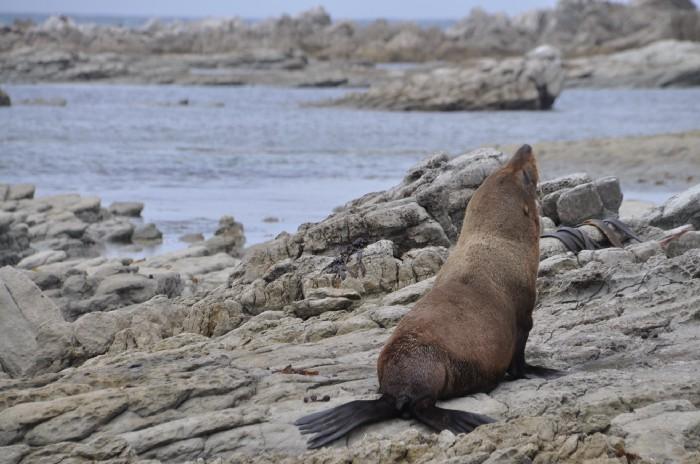
Blog
April 02, 2020
Cornell veterinary student Mariah Rayfield Beck ’20 discusses the implications of the connection between wildlife health, human disease, and how we can all be conservationists.

For Your Information
March 13, 2020
Growing evidence suggests that multiple wildlife species can be infected with peste des petits ruminants virus (PPRV), with important consequences for the potential maintenance of PPRV in communities of susceptible hosts, and the threat that PPRV may pose to the conservation of wildlife populations and resilience of ecosystems.
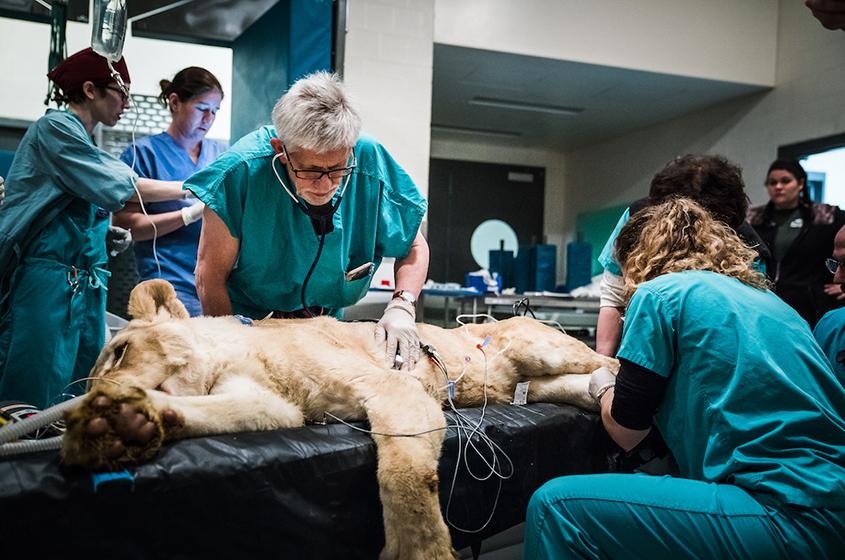
Video
March 04, 2020
Cornell veterinarians successfully removed an intestinal mass from an unusual patient: Ntsumi, the white African lioness from Animal Adventure Park. Now fully recovered, Ntsumi has rejoined her pride.
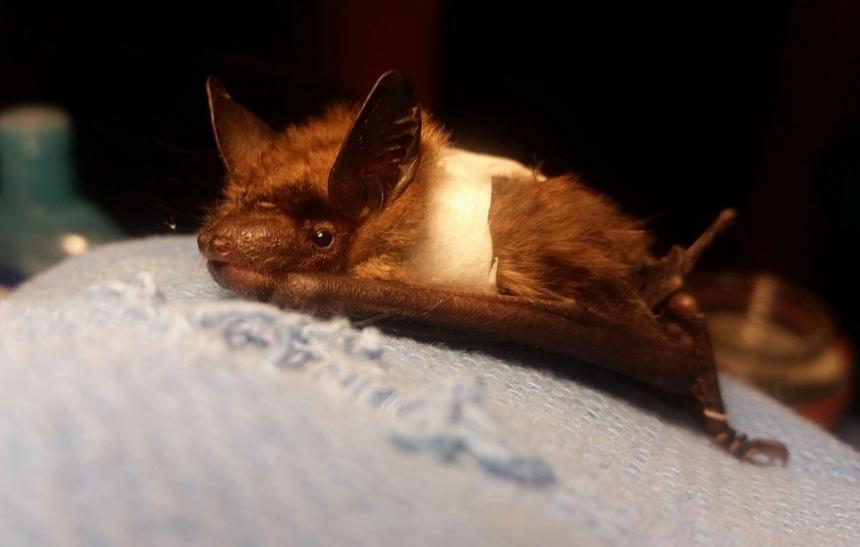
Blog
January 26, 2020
Cornell veterinary student Loren Lassiter ’22 spent time volunteering at Wild Things Sanctuary in Ithaca, NY, working with a variety of local bat species.
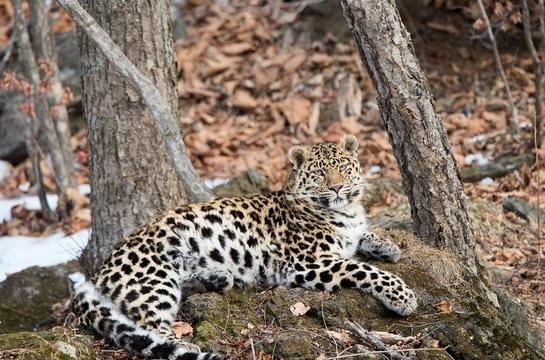
For Your Information
December 13, 2019
Translocation of wildlife as a means of reintroducing or reinforcing threatened populations is an important conservation tool but carries health risks for the translocated animals and their progeny, as well as wildlife, domestic animals and humans in the release area.
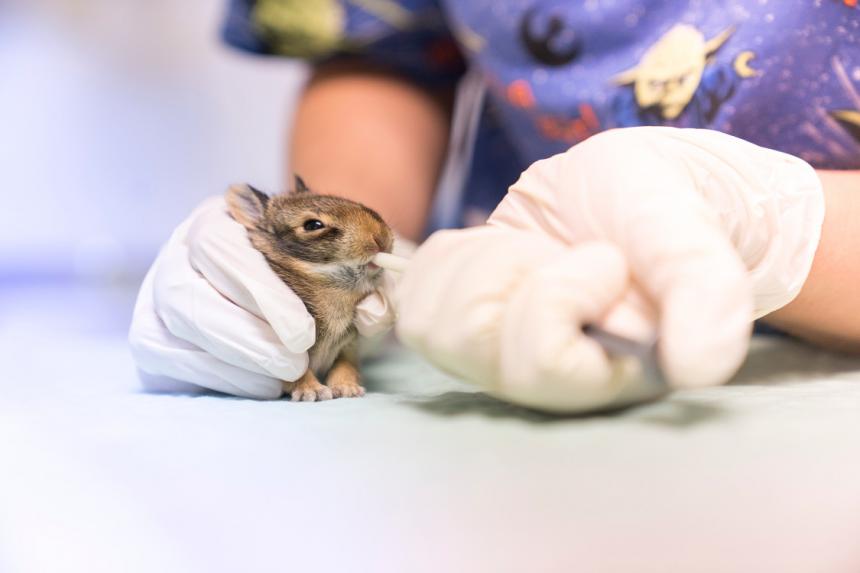
For Your Information
December 10, 2019
The November/December 2019 issue of the Cornell Alumni Magazine features the heroic work of the Janet L. Swanson Wildlife Hospital.
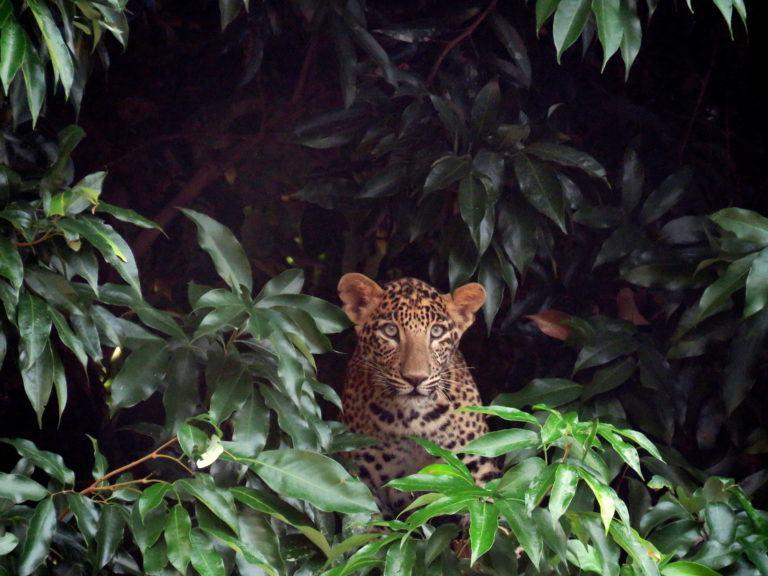
Announcement
November 18, 2019
Congratulations to Shashank Poudel on receiving the Pat J. Miller Scholarship from the Wildlife Conservation Network! As a Cornell PhD student, Shashank aims to implement community-based interventions to reduce human-leopard conflict in Nepal.
Video
October 23, 2019
The One Health concept recognizes that the health of people is connected to that of animals and the environment. Amphibians have been documented to help keep forests healthy while also serving as key indicators of water quality.
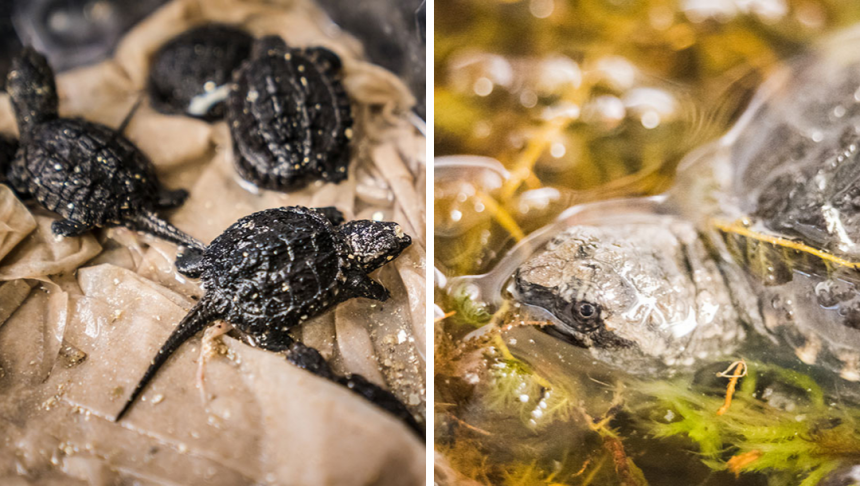
Video
October 10, 2019
The Janet L. Swanson Wildlife Hospital at the Cornell University College of Veterinary Medicine rescued approximately 150 eggs from pregnant turtles that were hit by cars and too injured to survive and lay eggs on their own. Watch this video on how our experts rescued and subsequently released the hatchling turtles into their natural habitat.
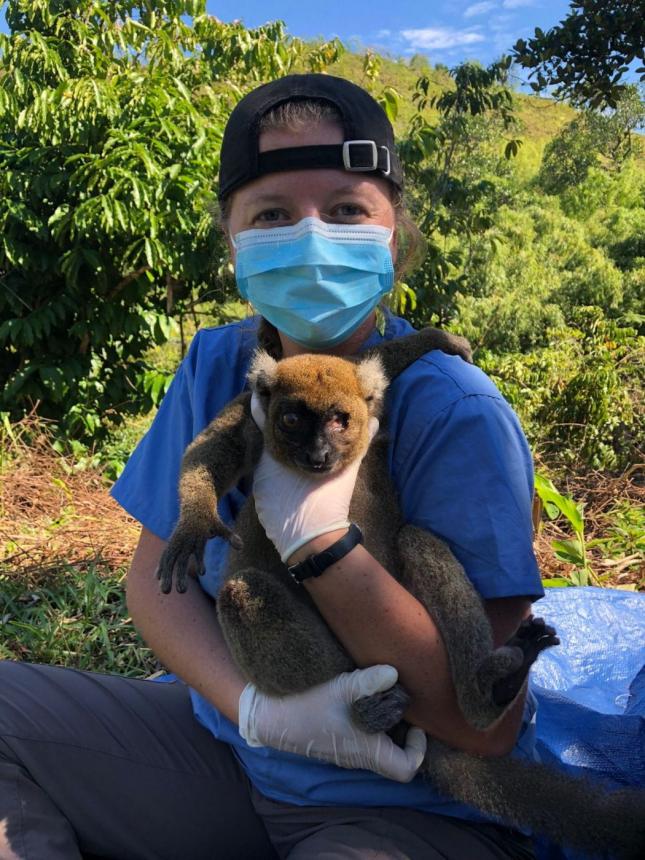
Blog
October 03, 2019
Cornell veterinary student Bekah Weatherington ’21 reports about her experience in Madagascar working to conserve critically endangered lemurs.
